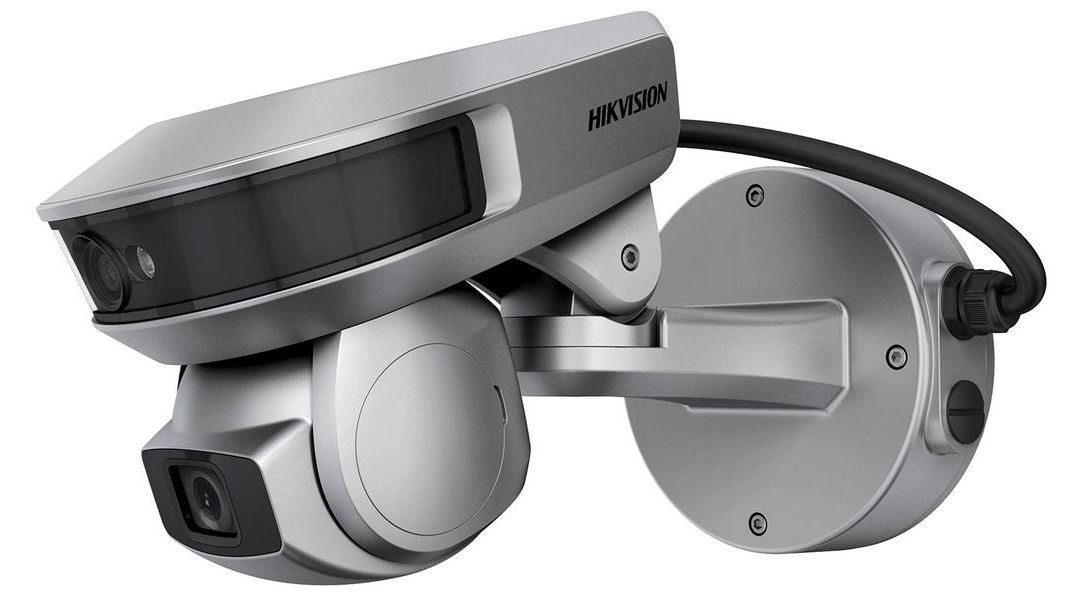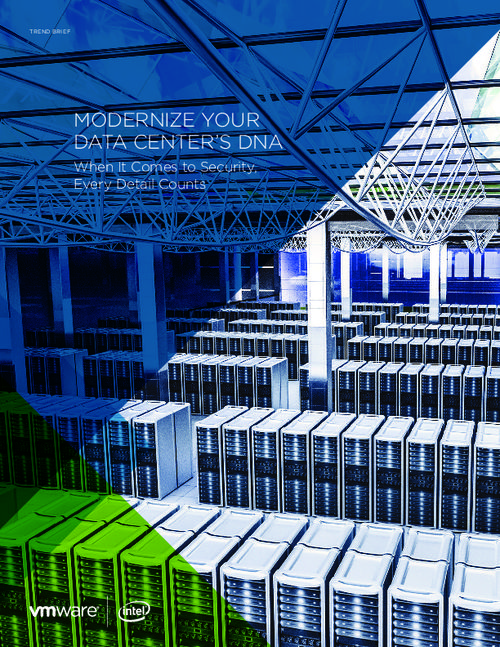I see many uses of this material already in security, defense & intelligence, devices and energy related products, etc. Contracts as it heats up.
Qiming Wang’s team designed a unique manufacturing technique using 3D printing.


We have already seen the HoloLens mixed reality headset put to military use by the Israeli Defense Force for advanced battlefield planning.
Now Ukrainian company LimpidArmor has shown off a new application for the augmented reality device on the actual battlefield to improve the field of view of tank commanders without exposing them to additional risk. The technology was shown off at the Arms and Security show, held in Kiev from 11 to 14 October.
LimpidArmor’s hardware and software system uses a HoloLens integrated with a helmet and cameras mounted around the tank to give commanders a 360 degree view of their environment in both optical and thermal and makes this available in real-time.
What does the future hold for computing? Experts at the Networked Quantum Information Technologies Hub (NQIT), based at Oxford University, believe our next great technological leap lies in the development of quantum computing.
Quantum computers could solve problems it takes a conventional computer longer than the lifetime of the universe to solve. This could bring new possibilities, such as advanced drug development, superior military intelligence, greater opportunities for space exploration and enhanced encryption security.
Quantum computers also present real risks, but scientists are already working on new forms of encryption that even a quantum computer couldn’t crack. Experience tells us that we should think about the applications and implications of quantum computing long before they become reality as we strive to ensure a safe future in the exciting new age of quantum computing.


Microcomputers are great for learning about code and hardware. The VoCore2 Mini is the smallest ever, packing full Linux functionality and wireless connectivity into a coin-sized device. New Atlas Deals has it for just $42.99.
This impressive little computer is capable of running programs in C, Java, Ruby, JavaScript, and many other languages. This means you can code the VoCore2 to expand its functionality, turning it into a VPN gateway, airplay music station, and much more.
You can also augment the VoCore2 with hardware components for further tinkering fun. Add a USB webcam to turn it into a home security camera, attach a microphone to issue voice commands to Siri or Echo, and so on. Your projects are limited only by your imagination.

Could technology build friendships for Israel across the Middle East?
Israel and Saudi Arabia should form a “collaborative alliance” to become the “twin pillars of regional stability” in the Middle East, a top Saudi lobbyist wrote in The Hill on Tuesday, in what is the latest sign of warming and increasingly-public ties between Arab countries and the Jewish state.
Salman al-Ansari, the founder and president of the Saudi American Public Relations Affairs Committee, asserted that Israel can assist Saudi Arabia in implementing its Vision 2030, the Kingdom’s blueprint to diversify its economy. Al-Ansari specifically mentioned Israel’s expertise in mining and water technology, which makes Israel “extraordinarily qualified to help Saudi Arabia with its ambitious desalination plans.”
Deputy Crown Prince Mohammed bin Salman, the man in charge of implementing Vision 2030, “is prepared and willing to develop real, enduring ties with Israel,” al-Ansari wrote, adding, “Any form of normalization between the two countries is also an Arabic and Muslim normalization towards Israel, which will undoubtedly promote security and weaken extremism in the region.”

In an age when digital information can fly around the connected networks of the world in the blink of an eye, it may seem a little old timey to consider delivering messages by hand. But that’s precisely what Panasonic is doing at CEATEC this week. The company is demonstrating a prototype communication system where data is transmitted from one person to another through touch.
There’s very little information on the system available, but Panasonic says that the prototype uses electric field communication technology to move data from “thing-to-thing, human-to-human and human-to-thing.” Data transfer and authentication occurs when the objects or people touch, with digital information stored in a source tag instantaneously moving to a receiver module – kind of like NFC tap to connect technology, but with people in the equation as well as devices.
It has the potential to allow business types to exchange contact information with a handshake, mood lighting in a room to be changed to match or contrast with clothing when a lamp is touched or access to a building granted by placing a hand or object on a lock interface or door handle. And Panasonic suggests that because the data is traveling through the body and not over the air, secure transmission is assured.


As security threats are more sophisticated today than in the past, modern data centers are becoming increasingly vulnerable. Micro-segmentation is your answer to protect your data center against these sophisticated threats. Read this trend brief to see how it builds security into the DNA of the data center for a cost-effective, future-proof way to protect what matters.